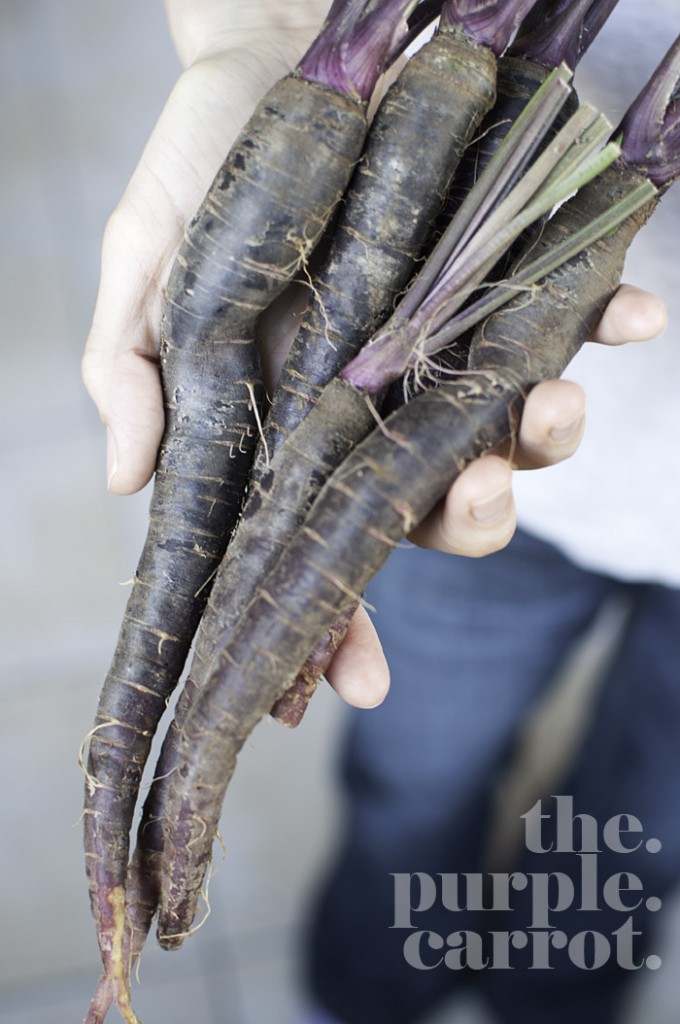I have started posting daily facts about food on The Food Blog’s facebook page. I encourage you to like us on Facebook (click here) so you could get these cool little facts delivered straight to your facebook stream. Each Sunday, however, I will be posting all these facts on the blog. This week is our first week, so there’s only 2 food facts, which are very much worth reading.
Food Fact of the Day: How to make the whitest, creamiest hummus
Making hummus white and creamy as opposed to yellow and chunky is one of the biggest issues facing the world today. Though, truth be told, if you follow a few rules, you will be able to guarantee yourself consistent and delicious hummus. Here’s how you do it:
- Soak your chickpeas overnight and add a teaspoon or two of sodium bicarbonate into the mix. Bicarb is essential for smooth hummus, but the next day, make sure you rinse the chickpeas under cold water for at least 3 to 5 minutes
- Boil it to an inch of its life. If you have a pressure cooker, now’s the time to use it. If you don’t, at least an hour and a half of boiling is needed. The chickpeas need to become super soft
- Drain your chickpeas but reserve some of the boiling liquid. Blend the chickpeas when still hot in a food processor on their own until they are completely smooth.
- Use only Lebanese tahini. I love the Kalajiyeh brand. Tahini from other countries is usually darker and has a different, more bitter flavour. Add tahini, the lemon juice, crushed garlic and salt after you’ve processed the chickpeas into the food processor and process again.
- Taste and adjust seasoning. If you want your hummus to be runnier, as tahini has the characteristic of sucking up moisture, use some of the preserved boiling liquid. Remember, when hummus cools down, especially if you refrigerate it, it becomes less runny.
- To make the hummus whiter, process the hummus and add an ice cube or two as the machine is running until the ice is encorporated. The colour will become paler.
Food Fact of the Day: How what we eat is actually fossil fuel
Plant usable nitrogen (fertilizer), until we learned how to manufacture it, was exclusively produced by bacteria on roots of legumes and by lightning that would occasionally free up the nitrogen to fall down with the rain (fertility rain). That’s why farmers used to rotate crops, so that the nitrogen using crop (corn for example) was alternated by a nitrogen producing crop (legumes). Today’s technology frees up the atmosphere’s nitrogen through an unsustainable process that burns fossil fuels. We feed our plants with fossil fuel derived nitrogen. Fossil fuel gives us nitrogen that gives us corn that gives us factory farmed cows that we eat. We are no longer dependant on the sun for our food, which, as a medium to long term strategy, is unsustainable. Ask for grass fed beef and chemical free fruit and veg.

7 comments
Excellent advice Fouad! I like only Lebanese tahini too; I secretly add some american bread (no crust) when my hummus is too runny. It works like a charm.
Nodding my head away reading this, thinking, okay all makes sense, I can see how that would work. Then I get to the ice cubes, wasn’t expecting that little tip.
Oh wow, I never thought of cooking Humus in the pressure cooker, Great tip. I found your Food Fact of the day very informative and bookmarked your site so I can come back for more.
————-
Thanks and Regards
Mike
Hey there… I don’t know if it’s just chrome that I’m using but your search field on the top right doesn’t work 🙁
I can’t even click it to type anything in and button for search is non click-able!!
I am looking for your hummus recipe that you posted a while back btw.
And ps. I really enjoy your blog! Long live the toum! And the stinky breath that comes with it! 🙂 🙂
Thanks for all the comments guys.
Ally, fixed the search button now. Thanks for that. The recipe you are after is here: http://thefoodblog.com.au/2009/09/feed-hommous-chickpeas-versatile-grain.html
enjoy 🙂
Fouad –
You have neglected the other great debate, whether to skin the chickpeas before grinding them. Many claim that this time-consuming step is what separates the great from the good.
Where I live (Israel), the best hummus has a fragrance of lemon, without the acidity of raw lemon juice. Then I saw a Lebanese recipe that calls for boiling lemon peel with the chickpeas, and thought that this might be the secret. Have you heard of this?
Hi Mark
To be honest, I never remove the skin. It does sound labourious, but you’re probably right. The skin has no real flavour, so the hummus should be more concentrated. Do you make it that way? I’ll try it next time. I have visions of my mother peeling chickpeas, so I’ll check with her too.
Hmm… The lemon peel. I honestly don’t know about that one. I will look into it when I’m back in Lebanon. Tell you what though, I use agrumato (olive oil infused with lemon peel) in my tabbouleh and it’s amazing. I think it would work wonders with chickpeas. I’ll add lemon peel next time into my hummus and let you know.